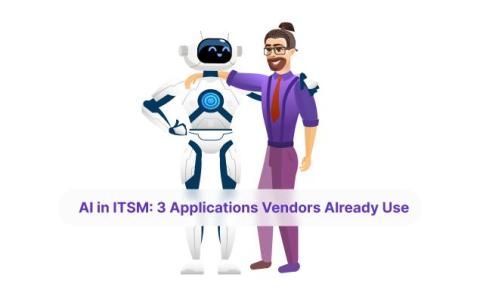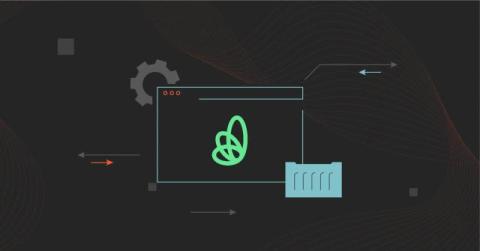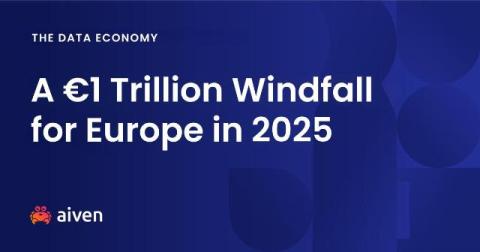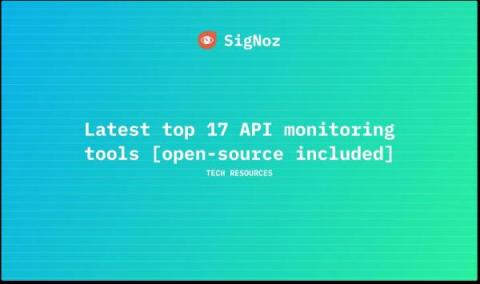Leveling up your observability practice - Part 1
Lessons from the front lines: Moving to observability maturity What separates the observability experts from the novices? It's a question that's been on my mind lately, especially after diving into our recent 2024 State of Observability Survey of over 500 practitioners. In my past roles as a DevOps engineer and a site reliability engineer (SRE), I've seen firsthand how a mature observability practice can be the difference between sleepless nights and smooth sailing.











